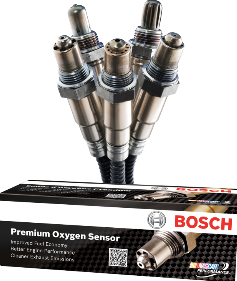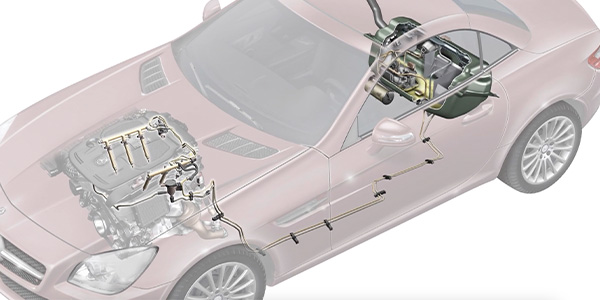 Bosch has expanded its line of oxygen sensors to cover applications through the current 2013 model year. The 82 new OE-fit sensors cover 21.9 million vehicles in the United States and Canada including a variety of domestic and import applications – both Asian and European. Besides a host of passenger cars, minivans and SUVs, the new coverage also includes several hybrid vehicles. These part numbers cover General Motors, Ford, Chrysler, Nissan, Lexus, Mazda, Toyota, Infiniti, Kia, Mitsubishi, Hyundai, Volvo, BMW and other makes.
Bosch has expanded its line of oxygen sensors to cover applications through the current 2013 model year. The 82 new OE-fit sensors cover 21.9 million vehicles in the United States and Canada including a variety of domestic and import applications – both Asian and European. Besides a host of passenger cars, minivans and SUVs, the new coverage also includes several hybrid vehicles. These part numbers cover General Motors, Ford, Chrysler, Nissan, Lexus, Mazda, Toyota, Infiniti, Kia, Mitsubishi, Hyundai, Volvo, BMW and other makes.
“As the world’s largest supplier and manufacturer of oxygen sensors, Bosch continues to provide its service dealer customers with new part numbers so they are prepared to service any vehicle that enters their shop,” said Timo Reif, vice president of automotive marketing for Robert Bosch LLC. “The expanded line also will help distributors and retailers be prepared as demand for these parts grows.”
The new part numbers include both planar and wideband sensors with the latter being the most advanced oxygen sensor technology available from Bosch. The majority of these late model applications can be found in Bosch’s last ACES/PIES catalog for April 2013 and are available immediately through regular distribution channels. A few parts, as noted, will be available in June and will be included in the July catalog.
For more information, go to www.boschautoparts.com/NPC.












